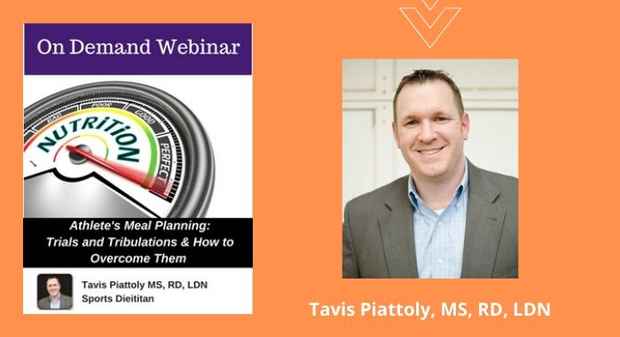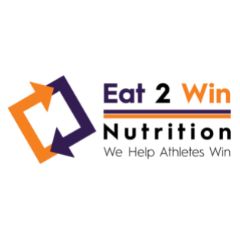Trials and Tribulations of Meal Plans for Athletes
Learn how to overcome the monotony of creating meal plans and how to scale your efforts
Tavis Piattoly, MS, RD, LDN
- What you will learn in this course:
- Benefits vs Challenges in Creating Meal Plans
- Athlete Nutrition Assessment: High School, College, and Professional
- Importance of Understanding the Athlete's Schedule
- Dos and Donts of Creating a Meal Plan
- How to Scale Your Meal Plans in a Large Athletic Setting
- 1 Credit Hour as Approved by Commission on Dietetic Registration (CDR)
- CDR Performance Indicators: 1.1, 1.2, 1.3, 4.1, 4.2, 6.2, 8.1, 8.2, 8.3, 8.4, 9.1, 9.6
- CDR Learning Codes: 2020, 2070, 3000, 3020, 4060, 4160, 5080, 5090, 7050
- CSSD Exam Competencies addressed:
- Analyze and interpret available data in the context of enhancing athletic performance and health.
- Design nutrition strategies for active individuals and populations applying the principles of energy metabolism.
- Evaluate and interpret factors influencing substrate use and exercise metabolism data.
- Evaluate factors that contribute to exercise-induced fatigue.
- Describe the effects of nutrition and exercise on health and performance.
- Explain the use of carbohydrates during exercise training, competition, and recovery.
- Explain the use of fat during exercise training, competition, and recovery.
- Explain the use of protein and amino acids during exercise training, competition, and recovery.
- Design nutrition plans for individuals and groups incorporating exercise-specific recommendations for carbohydrates.
- Advise clients regarding fat consumption within a nutrition plan.
- Design nutrition plans for individuals and groups incorporating exercise-specific recommendations for protein.
- Design nutrition strategies for individuals and/or groups for pre-workout and precompetition, during training and competition, and for recovery following training and competition.
- Observe athletes during training session for movement patterns, energy expenditure, training patterns, fatigue, fueling habits, and hydration habits.
- Evaluate products, foods, and meals in accordance with compliance and permissibility rules of governing body.
- Conduct nutrition assessments for active individuals and special populations.
- Evaluate nutrition status for active individuals and special populations.
- Evaluate body composition values and goals.
- Design nutrition strategies for modifying weight, lean mass, and strength.
- Design nutrition strategies for individuals and/or groups for grocery shopping and meal/snack preparation/selection.


